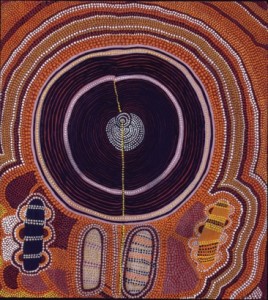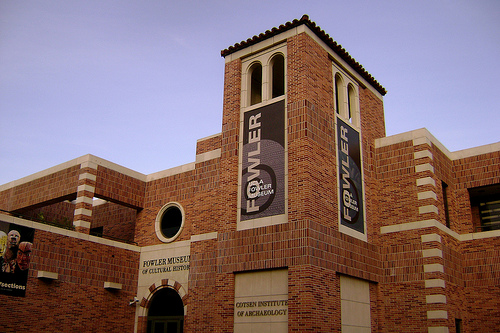Today we had another lecture given by my very own counselors, Rita and Gao. They talked to us about shape and how it was applied to different aspects of the world as we know it. The categories within shape were nature, engineering, and art. The most important thing that I absorbed from the lecture was the fact that atoms, particles, etc. exist in so many more ways than I ever knew in these facets. For instance, crystals are atoms arranged in specific packing sequences and exist in different shapes that define certain characteristics about their selves such as ductility, hardness, and optical properties (face center cubic shape, hexagonal close faced). Although, I  thought that the most interesting application of shape was Albert Einstein’s theory of the space-time continuum. Basically, Einstein states that the fabric of space is interwoven with the fabric of time. This creates the effect of gravity and answered many of the unanswered questions about gravity pondered hundreds of years ago by Isaac Newton. I then realized that thinking about the simplest things like shape can be applied outside the box to complicated issues and theories.
thought that the most interesting application of shape was Albert Einstein’s theory of the space-time continuum. Basically, Einstein states that the fabric of space is interwoven with the fabric of time. This creates the effect of gravity and answered many of the unanswered questions about gravity pondered hundreds of years ago by Isaac Newton. I then realized that thinking about the simplest things like shape can be applied outside the box to complicated issues and theories.
We also walked over to the campus’s Fowler Museum. We received a private tour of an aboriginal Australian tribe. The artwork there were really

Aboriginal Australian painting
interesting and different from Western works. These paintings were sacred pieces and looked much like our Pointillism works because dots depicting patterns or symbols covered the works. The point of these dots was so that the sacred drawings underneath the dots would be hidden from view from the vision of commoners and would only be in the knowledge of the high priests.

Fowler Museum
http://newsroom.ucla.edu/portal/ucla/two-fowler-exhibitions-showcase-84938.aspx
http://wandermelon.com/the-fowler-museum-showcases-aboriginal-australia%E2%80%99s-living-heritage-in-two-important-shows/
www.fowler.ucla.edu
http://nobelprize.org/nobel_prizes/physics/laureates/1921/einstein-bio.html